LAVA’s origami cave concept is a response to the need for emergency shelter in the aftermath of natural disasters.
September 2nd, 2011
Security, comfort and protection from the elements are basic human needs that really come to the fore in situations like those following the natural disasters in Japan earlier this year, which displaced thousands of people.
The Emergency Shelter Exhibition, on display now in Sydney in the forecourt of Customs House, called for architects to design shelters in response to this.
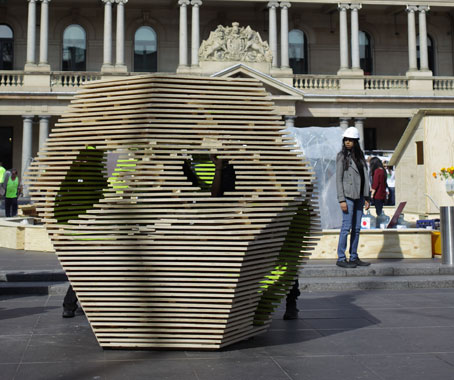
Efficiency, sustainability, sensitivity and ease of construction were the chief requirements of the temporary homes.
The team at LAVA came up with an origami cave, based on a water molecule and inspired by the Japanese Metabolist movement’s approach to living spaces as prefabricated capsules.
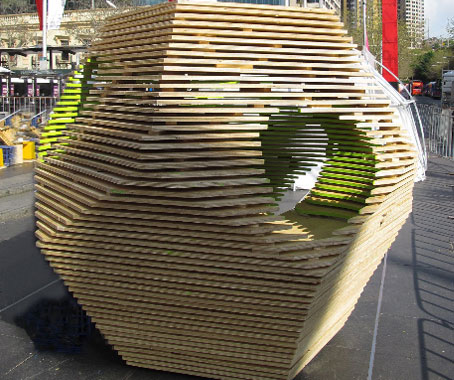
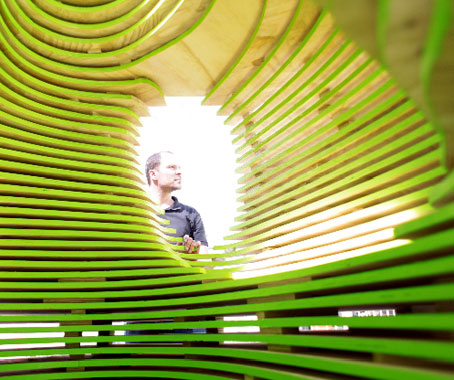
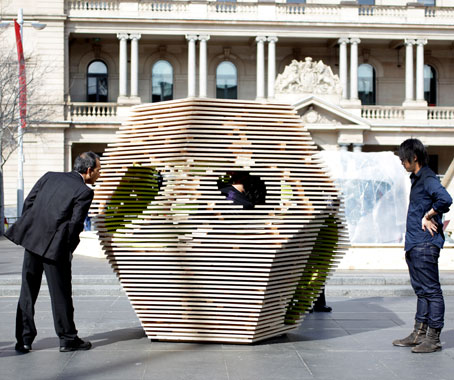
“The project plays with ideas of prefabrication and personalised inhabitation, as well as stacking of multiple units, while giving an opportunity for individual expression,” explains LAVA’s Chris Bosse.
The base unit is made out of CNC cut plywood sheets and can be flat packed and easily transported; the interior is customisable and carved out any available materials – wood, cardboard, even newspapers.
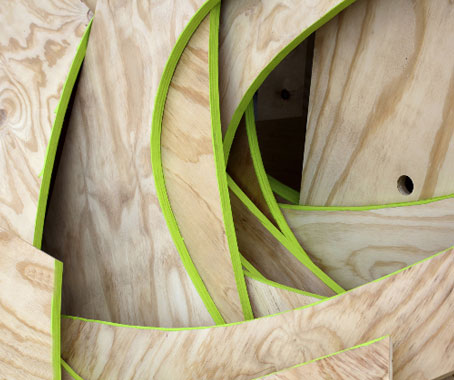
Although it appears quite small from the exterior, the shelter can sleep 2 adults and 1 child and even has a space for eating and reading. LED light gives the molecule a warm appealing glow.
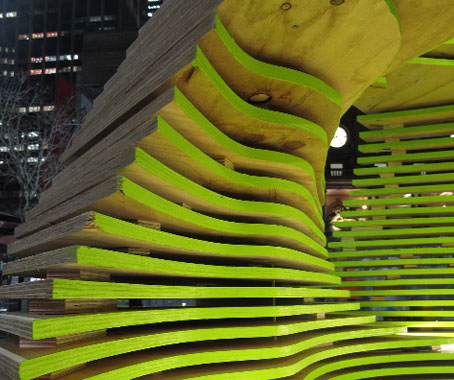
The Emergency Shelter Exhibition is on display until tomorrow, 3 September.
LAVA
l-a-v-a.net
Emergency Shelter Australia
emergencyshelteraustralia.com
INDESIGN is on instagram
Follow @indesignlive
A searchable and comprehensive guide for specifying leading products and their suppliers
Keep up to date with the latest and greatest from our industry BFF's!

Merging two hotel identities in one landmark development, Hotel Indigo and Holiday Inn Little Collins capture the spirit of Melbourne through Buchan’s narrative-driven design – elevated by GROHE’s signature craftsmanship.

London-based design duo Raw Edges have joined forces with Established & Sons and Tongue & Groove to introduce Wall to Wall – a hand-stained, “living collection” that transforms parquet flooring into a canvas of colour, pattern, and possibility.

Luxury Australian multi-brand boutique Parlour X has relocated to the historic St Johns Church Paddington, which has been transformed into a distinguished retail destination.
The Repair Workshops, Eco Innovators’ latest initiative, calls for artists, designers, craftspeople, scientists and engineers to collaborate around the theme of repair and renewal.
The internet never sleeps! Here's the stuff you might have missed
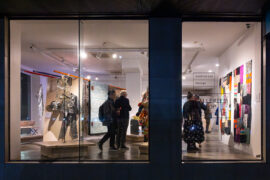
The Australian Design Centre (ADC) has announced that the organisation can no longer continue without adequate government funding to cover operational costs.
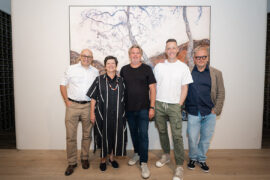
Eco Outdoor recently brought together developers, sustainability experts and local architects such as Adam Haddow to discuss design fundamentals, carbon targets and long-term thinking.